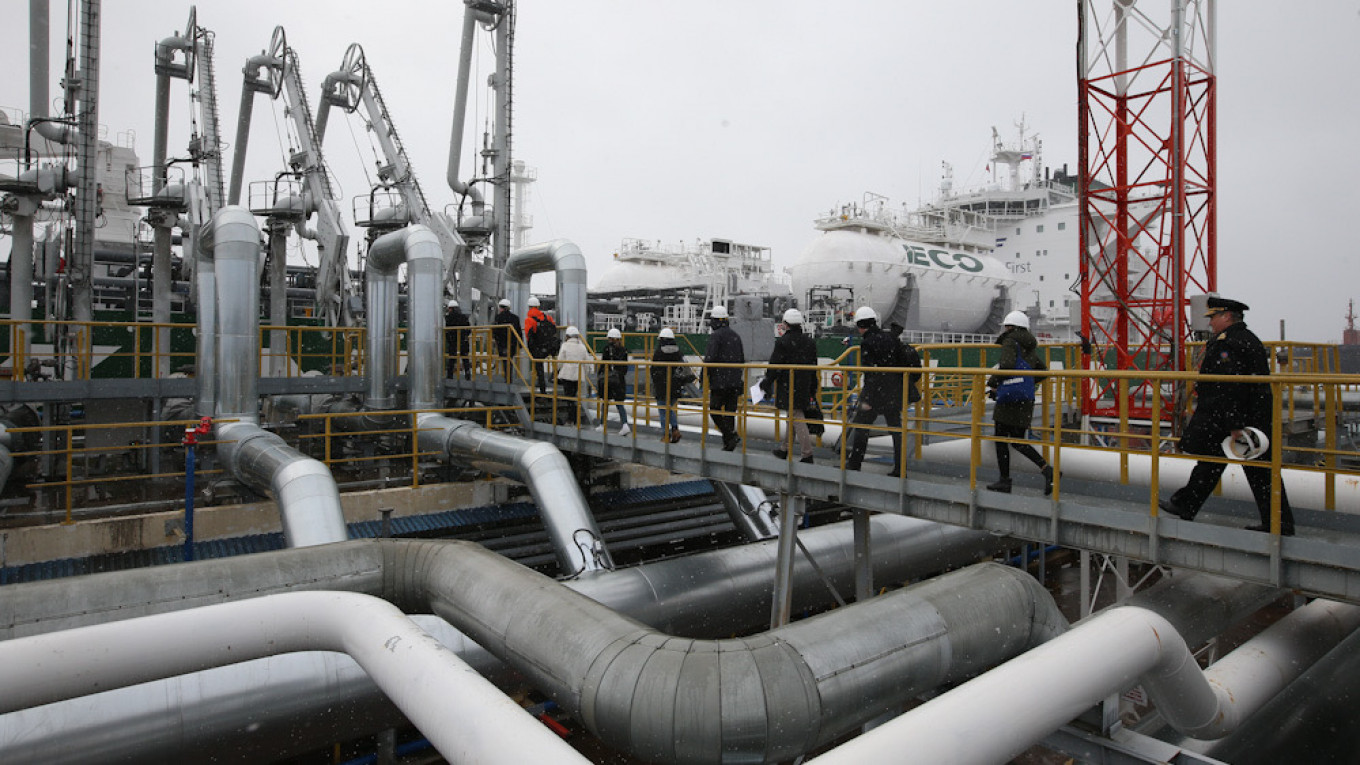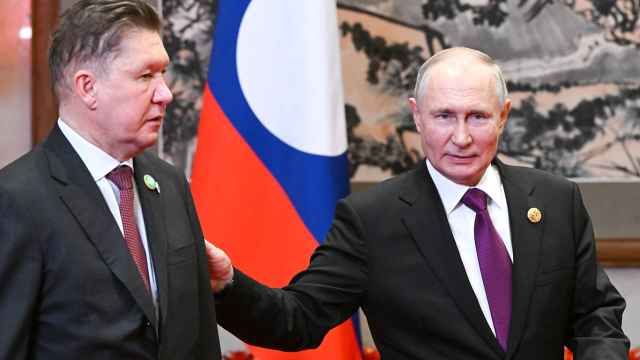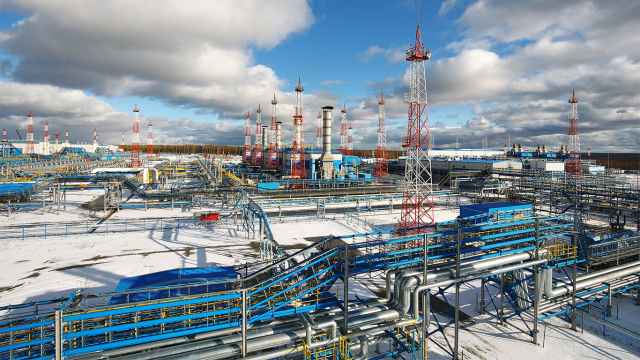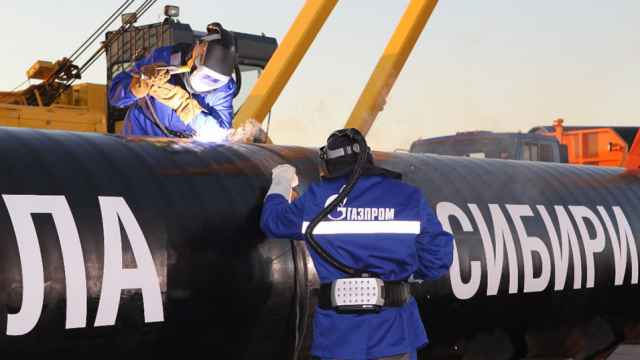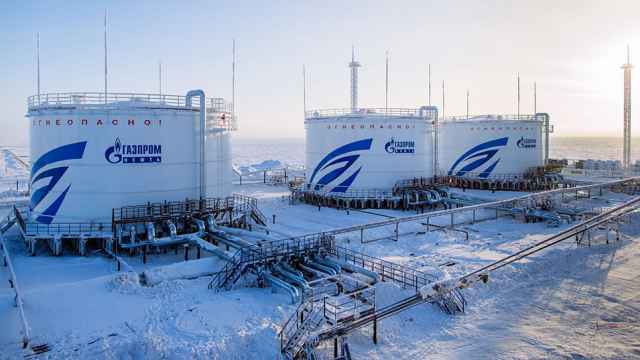Chinese President Xi Jinping announced to the UN General Assembly in September 2020 that in 40 years, China would achieve carbon neutrality. According to the road map prepared by China’s climate scientists, by 2060 the country will reduce oil consumption by 65% and natural gas consumption by 75%. Such plans jeopardize the future of large-scale gas pipeline projects to bring natural gas from Russia (Power of Siberia 2) and Central Asia (Line D) to China. Is there any sense in building pipelines if China will reduce gas consumption in 40 years?
The Chinese government is seeking to limit consumption of coal — the most polluting energy source — in line with the plan to reach peak carbon emissions by 2030. Natural gas will become a key transitional energy source in China for the next two decades, since it is considered the most ecologically friendly fossil fuel.
China is currently the world’s biggest importer of natural gas. In 2019, 68% of natural gas was delivered to China in the form of LNG, while the rest was supplied by pipelines from Central Asia, Myanmar, and Russia. Forecasts for a rise in demand for natural gas in China give Russia, Central Asian nations, and other suppliers a chance to win a larger slice of the Chinese gas pie in the medium term. Russia and Central Asia have long had their own large-scale projects in mind for this: Power of Siberia and the fourth link (Line D) of the Central Asia-China gas pipeline.
However, even Gazprom, for which construction of Power of Siberia-2 could become the main project of the coming decade (much like Power of Siberia was one of the key projects in the 2010s) estimates that there is limited room for new contracts: a supply and demand gap of 61 billion cubic meters in 2030 and 161 billion cubic meters in 2035.
The planned capacity of Power of Siberia-2 is 50 billion cubic meters. Also, existing contracts may be extended, and China could have a technological breakthrough in domestic natural gas production (including shale gas production), which could reduce the gap. Furthermore, China could opt to sign contracts for additional volumes of LNG, including from Russia: China is already the leading foreign investor in Russian arctic LNG projects implemented by international consortiums headed by Novatek (Yamal LNG and Arctic LNG-2).
Unlike Russia, Central Asian nations are prepared to supply natural gas to China on practically any terms. Line D of the Turkmenistan-Uzbekistan-Tajikistan-Kyrgyzstan-China pipeline was supposed to be launched by late 2016, but its opening was then postponed to late 2020. However, construction of the new line was frozen in 2017 under an agreement between China National Petroleum Corporation (CNPC) and Uzbekneftegaz. In 2020, the construction of a segment of the pipeline in Tajikistan resumed, but it was suspended again because of the pandemic.
Turkmenistan would benefit most from the pipeline. China is practically the only source of revenues for the Turkmen treasury: in 2019, virtually all of Turkmenistan’s exported natural gas was bound for China.
The transit countries are just as interested in resuming construction as Turkmenistan. For Tajikistan and particularly Kyrgyzstan — two of the most indebted to China countries in Central Asia — an additional source of revenues would be quite welcome at a time when Dushanbe and Bishkek are trying to solve a number of problems simultaneously: the consequences of the pandemic, surplus labor, political instability in Kyrgyzstan, and — in contrast — stagnation in Tajikistan.
Uzbekistan, which is increasing economic ties with its neighbors and with regional powers, will also be in favor of Line D if Beijing makes a lucrative offer. In other words, the future of the new pipeline route from Central Asia is fully in the hands of the Chinese leadership.
The new Power of Siberia-2 pipeline to China means a lot for Russia. First of all, the resource base for the natural gas to be shipped along the pipeline is the Yamal Peninsula, which is currently the source of natural gas for Europe. Gas from the Bovanenkovo field is delivered to the Nord Stream pipeline. Gazprom expects that increasing production at Bovanenkovo and adding new deposits (such as Kharasavey and Kruzenshtern) will increase gas production on the peninsula to 360 billion cubic meters per year — comparable to the current annual gas imports of the EU.
Meanwhile, Europe has already started implementing the Green Deal, under which CO2 emissions in 2030 are slated to be reduced by 55% compared to 1990, and the region is supposed to be carbon neutral by 2050. Such plans pose an existential threat to suppliers of fossil fuels to the European market, above all Russia. Naturally, Russia must respond to the EU’s climate plans with strict control over the carbon footprint of its gas, and the production of hydrogen from natural gas. However, in the long term, only diversification of its exports can give Russia guarantees that it will be able to sell its gas reserves on world markets.
There is no doubt that expanding its LNG sector is a strategically sound step for Russia. The new planned LNG plants that have been announced will find buyers for their output. However, gas pipeline projects should not be completely ignored either. As a rule, pipelines make it possible to supply more energy at lower investments than LNG plants (an assertion that may not apply to new greenfield projects).
For China, despite all the drawbacks, stable pipeline deliveries are less nerve-wracking than purchases on LNG markets, where there is a risk of geopolitical “black swans” (such as blockades of straits and trade wars) and natural disasters such as storms and hurricanes. “Stability” is one of President Xi Jinping’s favorite words, and the “six stabilities” program of the Chinese government to reduce the impact of the novel coronavirus pandemic specifically refers to energy security. Russia can use this to its advantage, and pitch its overland pipeline as a secure and stable source of relatively “green” energy that is independent from geopolitical turmoil. This positioning of the project coincides fully with the central idea of the “Energy in China’s New Era” white paper that the Chinese government published on December 21, 2020.
However, the “predetermined partnership” model that was tested with Europe could bring surprises to Russia’s relations with China in the current conditions. On what terms will Beijing be prepared to buy natural gas from the Yamal? Will it prefer to buy gas from Central Asian countries that depend on Chinese loans, or will it simply expand its LNG portfolio? Will Russia find the offered price acceptable (clearly, amid the current low oil prices, LNG will not fetch a high rate)? How will Beijing play the climate card, and will it be prepared to sign a two-decade contract if it plans to end the “golden era” of natural gas?
Answers to these questions will emerge in the near future. It is apparent that Russia’s time is limited. Negotiations on gas deliveries to China started in 2004, while deliveries via Power of Siberia only began fifteen years later.
Over that time, Beijing’s energy agenda could change drastically. The “fat decades” of the Russian gas industry (the 2000s and the 2010s, when the markets and the super-profits were growing) are over, and the sector must learn to live in the new paradigm.
Gazprom will not sell gas from Yamal to China cheap, but endlessly and stubbornly delaying progress on new routes today could lead to losses of market share in the future. In conditions of swiftly growing competition by gas suppliers for the Chinese market, one might cautiously predict that we could hear news about the Power of Siberia project within 2021.
This article was originally published by the Carnegie Moscow Center.
A Message from The Moscow Times:
Dear readers,
We are facing unprecedented challenges. Russia's Prosecutor General's Office has designated The Moscow Times as an "undesirable" organization, criminalizing our work and putting our staff at risk of prosecution. This follows our earlier unjust labeling as a "foreign agent."
These actions are direct attempts to silence independent journalism in Russia. The authorities claim our work "discredits the decisions of the Russian leadership." We see things differently: we strive to provide accurate, unbiased reporting on Russia.
We, the journalists of The Moscow Times, refuse to be silenced. But to continue our work, we need your help.
Your support, no matter how small, makes a world of difference. If you can, please support us monthly starting from just $2. It's quick to set up, and every contribution makes a significant impact.
By supporting The Moscow Times, you're defending open, independent journalism in the face of repression. Thank you for standing with us.
Remind me later.



